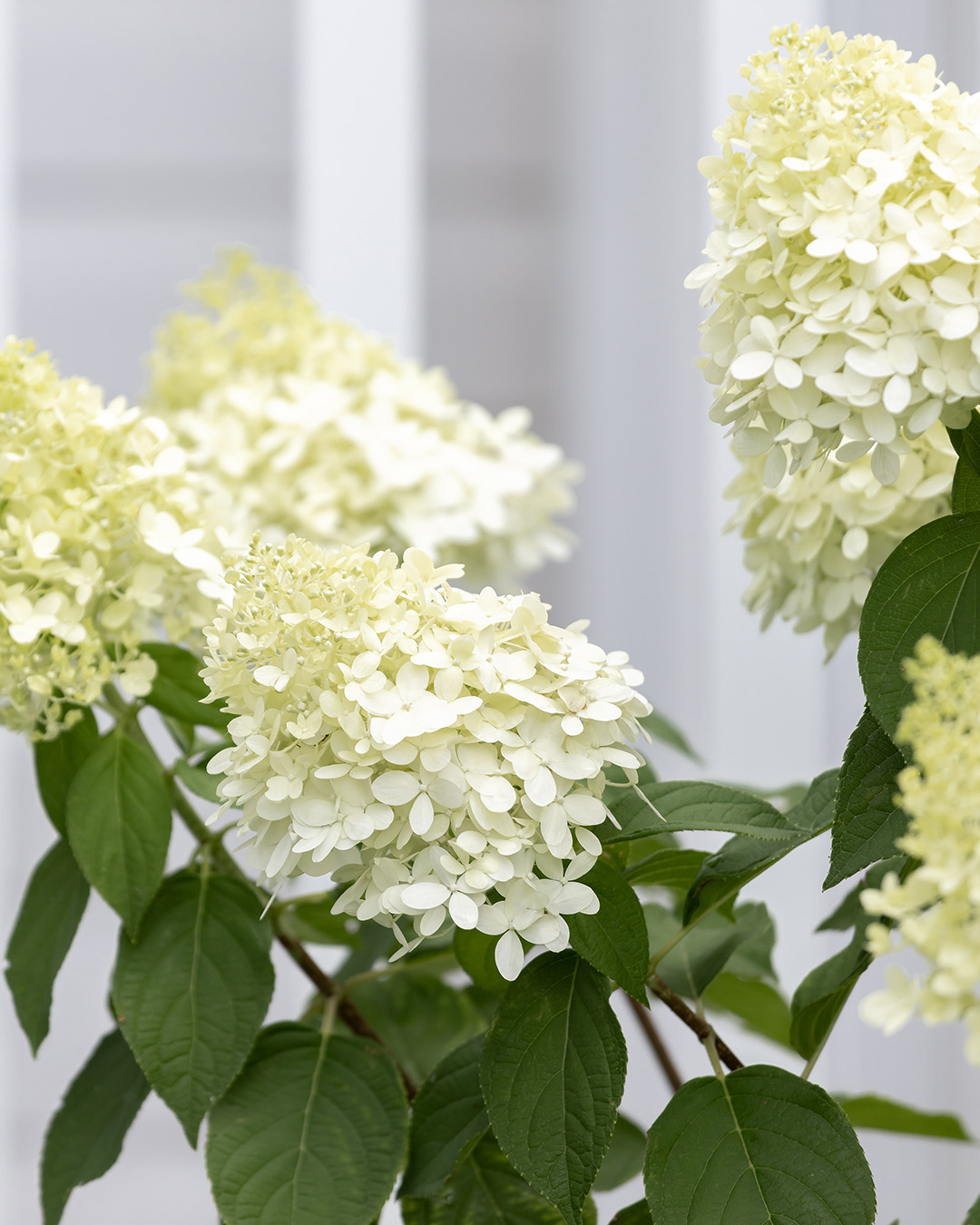The 7-Minute Rule for Hydrangea Leaves Turning Yellow
Wiki Article
Not known Factual Statements About Hydrangea Leaves Turning Yellow
Table of ContentsThe Greatest Guide To Hydrangea Leaves Turning YellowA Biased View of Hydrangea Leaves Turning YellowThe Ultimate Guide To Hydrangea Leaves Turning YellowHydrangea Leaves Turning Yellow Things To Know Before You Buy
One possibility is that the plant is not getting adequate sunlight. During the winter season months, the days are much shorter, and the sun is not as extreme, so make sure to place your Hydrangea in a spot where it will certainly access the very least six hours of sunlight every day. An additional factor for Hydrangea yellow leaves in wintertime can be excessive water.The leaves might be turning yellow due to temperature level stress and anxiety. Hydrangeas like cooler temperature levels, so if the plant remains in an area that gets also warm or also cool, the leaves will turn yellow. If you believe temperature anxiety may be the problem, try relocating your Hydrangea to a various area or shielding it from the aspects with a burlap cover.
New development will be observed in very early spring, when you'll notice green vegetation sprouting from stems that could have shown up dead. Nevertheless, if your leaves are transforming brown in spring or summer season, there are likely various other aspects at play. The specific reasons rely on the range and their expanding conditions, but generally, brown hydrangea fallen leaves suggest dehydration and wilting in the warm
In the spring when the mercury remains relatively low, they'll do fine. When points warm up over the summertime nonetheless, time spent in the very early afternoon rays can trigger unknown damage.: Expand your hydrangeas in a spot where they'll obtain sunshine in the mornings or nights, but not throughout the peak hours.
Not known Details About Hydrangea Leaves Turning Yellow
Wilting is created by absence of dampness, suggesting there are a couple of great methods to use to stop this from occurring. Provide your hydrangeas a healthy and balanced glug of water every few days when the temperature levels are climbing up high, and deal with the dirt to far better retain moisture. After sprinkling, a bit of compost around the base of each plant should assist with this by keeping wetness in the soil.This interrupts fungi spores from clearing up. "The Botrytis fungi thrives in amazing and wet conditions, so avoid showering the entire plant when sprinkling and simply water at the roots," shares Roy Nicol, a Master Horticulturist - Hydrangea Leaves Turning Yellow. If you've missed out on the possibility for avoidance and are managing an infection you need to get rid of all dead or badly contaminated leaves from the plant and destroy them to avoid additional spread
As a general rule of thumb, we suggest getting rid of fallen leaves when they are 50% brown or higher. While browning created by any type of factor can not be reversed, taking the restorative activity defined above will certainly motivate the plant to grow brand-new fallen leaves so the harmed leaves either fall off naturally or can be removed by the gardener.
Hydrangeas ought to be sprinkled only when the top few inches of dirt are dry, and ought to be given a detailed saturating each time. Underwatered hydrangeas are likely to have yellow, wilting, and drooping fallen leaves. Boost the frequency and amount of sprinkling for your hedge to assist fix this problem. Hydrangeas like fairly wet (however not soggy) soil, so offer the roots a great saturating and allow water to be soaked up right into the dirt before applying extra.
Not known Incorrect Statements About Hydrangea Leaves Turning Yellow
The means you take care of hydrangea leaves transforming yellow depends on the crucial problem creating the yellow leaves. This can be tough to establish, yet when you do you will certainly have the ability to adjust your plant care appropriately to take treatment of the trouble. you could try here As mentioned in the past, a common problem with hydrangeas is vitamins and mineral shortages.Throughout the optimal growing season, you ought to water at a rate of regarding 1 inch weekly. If More hints you are fretted about not correctly sprinkling your hydrangeas, there are a pair of points you can do. Adding compost to the base of the plants over the origin area assistance to regulate the temperature around the bush and maintain water in the dirt.

If it is as well extreme, some plants will certainly never ever recoup from transplant shock and will remain to decrease till they pass away. Minimize transplant shock by consisting of as read the full info here several origins as feasible when excavating up your plant to move it. Be sure to supply even more water than normal in the weeks following planting to assist your plant recuperate and grow brand-new roots.
The Ultimate Guide To Hydrangea Leaves Turning Yellow
To avoid spreading out fungal illness, make sure to thouroughly clean and disinfect any type of pruning tools prior to and after usage. You can try to flush the origins with water to get rid of excess fertlizer.
If you don't sprinkle your hydrangea plant for greater than a week, the fallen leaves will begin transforming yellow. Fungal illness that attack the plants have a tendency to show signs on the origins and the fallen leaves of the plant. One of these illness is root rot, that makes it challenging for the plant to feed correctly.
Root rot occurs when pathogens take up the origin cells as hosts and quit the cell from working. If not cared for, this illness can eventually result in the plant dying. Leaf place is one more fungal disease that can target hydrangea. It leads to the fallen leaves transforming yellow and the appearance of brownish and purple places on the leaves.
Report this wiki page